The "Early Bird Project" launch meeting was successfully held
On June 6-7, the launch meeting of "Early Bird Project" was successfully held in Huairou Science City. The "Early Bird Project" is a research program initiated by the National Biomedical Imaging Center of Peking University (hereinafter referred to as the Science Center), relying on the national major science and technology infrastructure for multi-modal and cross-scale biomedical imaging (hereinafter referred to as the Imaging facility). It is hoped that through the implementation of the "early bird Project", imaging facilities can play a demonstration and leading role as national facilities. It provides the support of new technologies and new methods for the research of major scientific issues in the fields of life science and medicine.
Academician Heping Cheng, Chief scientist of imaging Facility and Director of Science Center, invited speaker Professor Mei Tian of Fudan University, Academician Fuchu He of National Protein Center (Beijing) commissioned reporter Professor Jing Yang, Vice Chairman of Huairou District CPPCC and Director of Huairou Science City Facility Platform Department, Bing Zhu, Deputy Director of Institute of Biophysics of Chinese Academy of Sciences, Peking University Huairou Science City Campus preparation office director Fei He, the first group of early bird project leaders, brothers universities, research institutes, medical institutions and business experts and scholars, as well as Peking University College of Future Technology, the National Biomedical Imaging Center PI more than 150 people attended the meeting. The meeting was chaired by Professor Jiahong Gao, Professor Liangyi Chen and Professor Yujie Sun, Deputy Directors of the Science Centre.
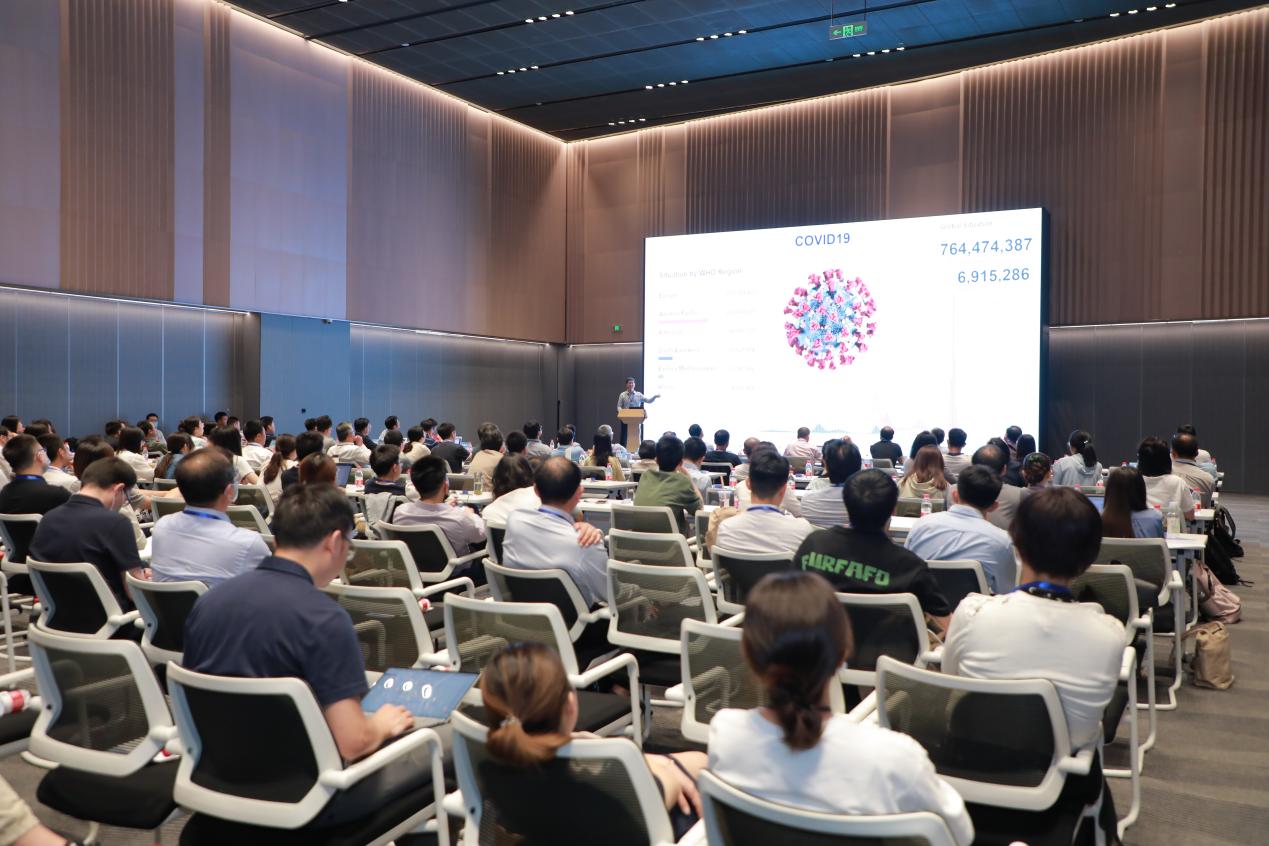
The launch meeting
In his speech, Fei He first introduced the basic situation of Peking University's deep participation in the construction of Huairou Science City, and the national major science and technology infrastructure and cross-research platform have fully entered the stage of equal attention to construction and operation, and the cluster effect has initially formed. He proposed that we should further strengthen the mission of scientific and technological self-reliance, strengthen the whole life cycle management of imaging facilities, and play the due role of imaging facilities as a national strategic scientific and technological force. It is hoped that through the implementation of the "early bird Project", further docking national needs and user needs, further strengthening interdisciplinary and team cooperation, and laying a good foundation for launching an international big science program.

Speech by Fei He
Haotian Yang introduced the construction of Huairou Science City facilities and platforms, has been the layout of nearly 50 large science facilities and science and education facilities and platforms and other projects, but also in the development of rail transit and housing and other supporting facilities, science + city organic integration system has initially emerged. At present, Huairou has 20,000 scientific researchers, and will continue to vigorously attract outstanding innovative talents in the future, and Huairou will provide high-quality services and support for scientists and teams. He put forward the hope that the "early bird project" can be successfully implemented, prepare for the future open operation of imaging facilities and project reserves, and make due contributions to the self-reliance of high-level science and technology.
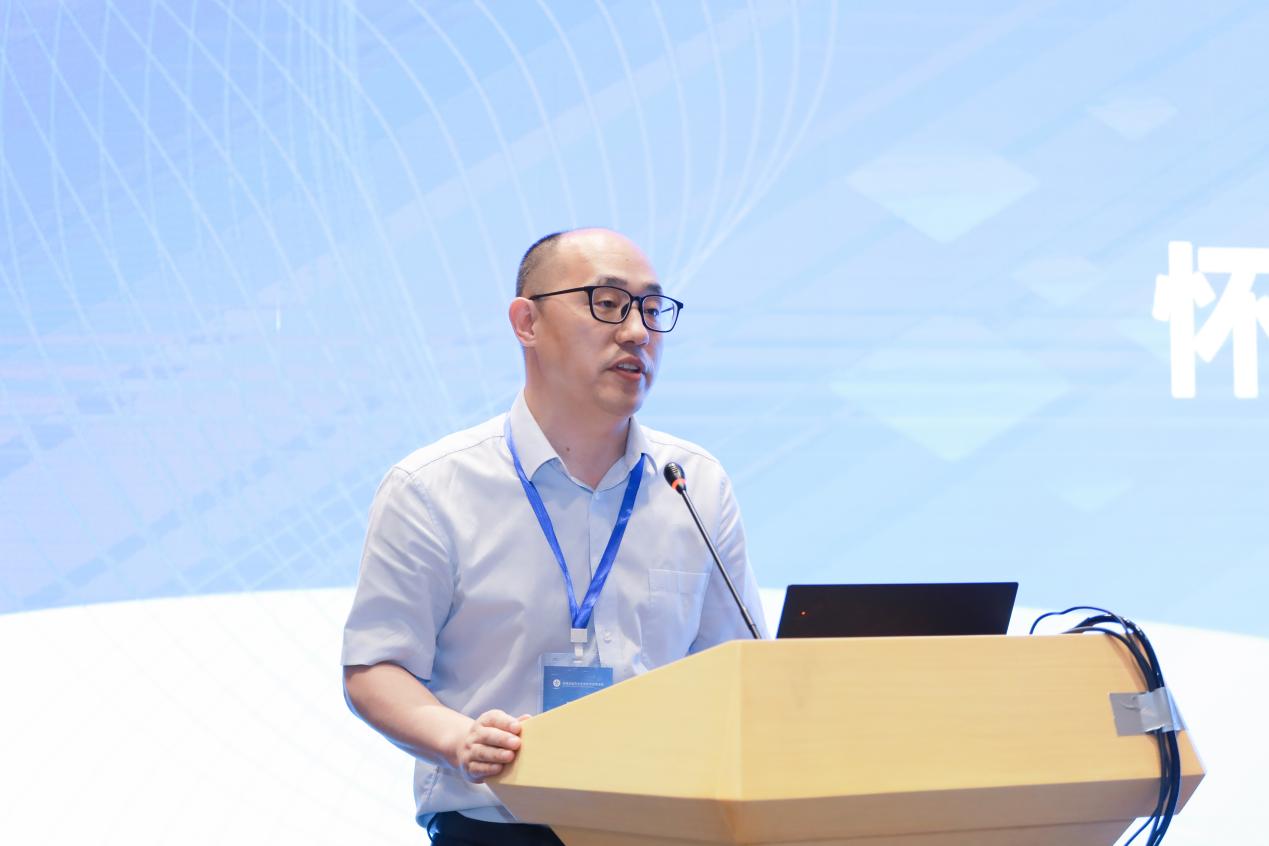
Speech by Haotian Yang
Prof. Li Jin, President of Fudan University, delivered a video address for the meeting. He first congratulated the implementation of the "early bird project", hoping that the early bird project can produce early results. In today's era of big science, new technologies and new methods are the necessary support for scientific and technological research breakthroughs, imaging facilities will provide revolutionary research means, visual description and accurate measurement of the structure and function of life, he said that he is very much looking forward to imaging facilities to play an early role. He also described the implementation of the Human phenome program, which he hopes will go hand in hand with imaging facilities in the future to accelerate the mapping of human phenome navigation.
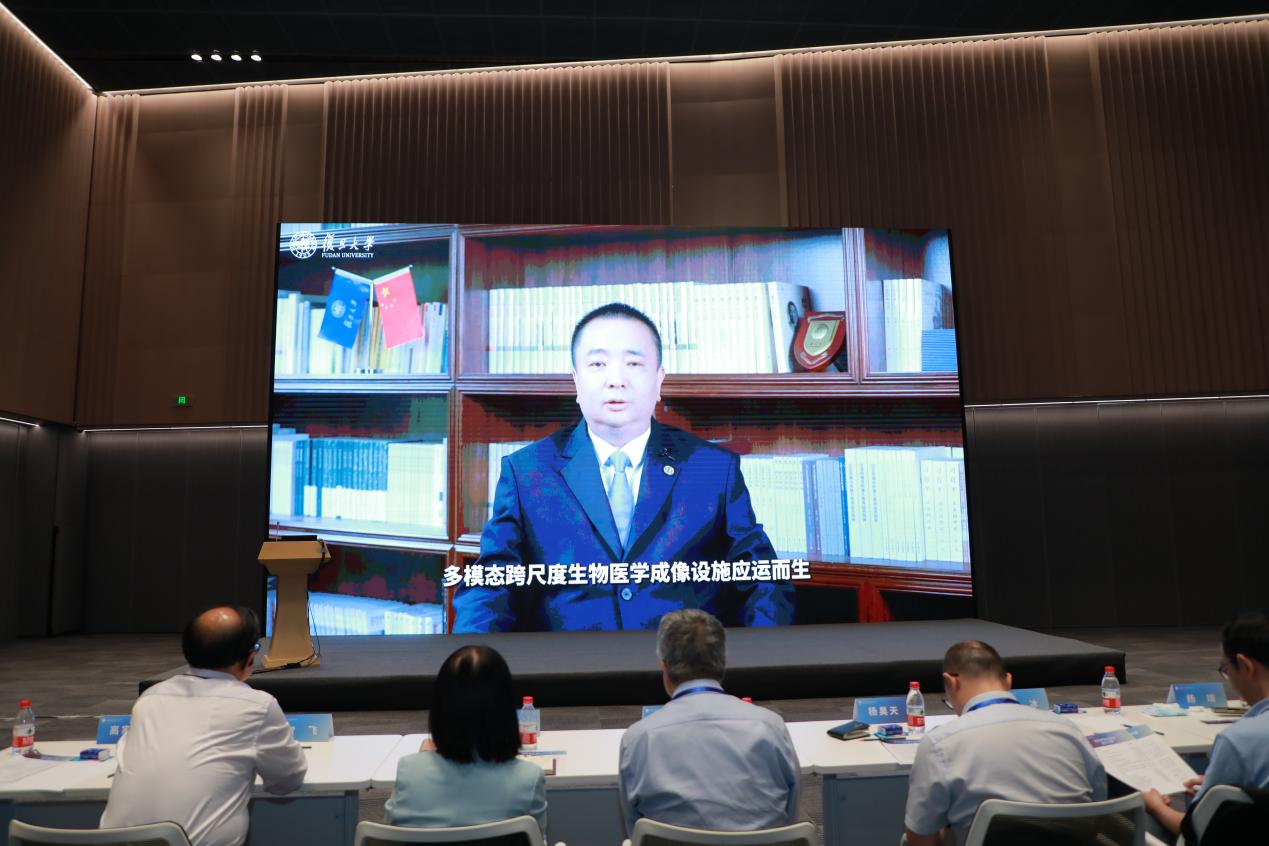
Speech by Li Jin via video
Bing Zhu delivered a speech. The Institute of Biophysics of the Chinese Academy of Sciences, as a co-construction unit, jointly undertakes the construction of imaging facilities, mainly participating in the construction of electron microscopy imaging capabilities and the construction of optical and magnetic imaging capabilities. Implementing the "early bird project" and carrying out exchanges and cooperation are very important for making good use of imaging facilities in the future and improving the opening efficiency. He put forward the hope that in the future, we can pay more attention to electron microscopy imaging, give full play to the supporting role of electron microscopy imaging, and promote a higher level of scientific research.
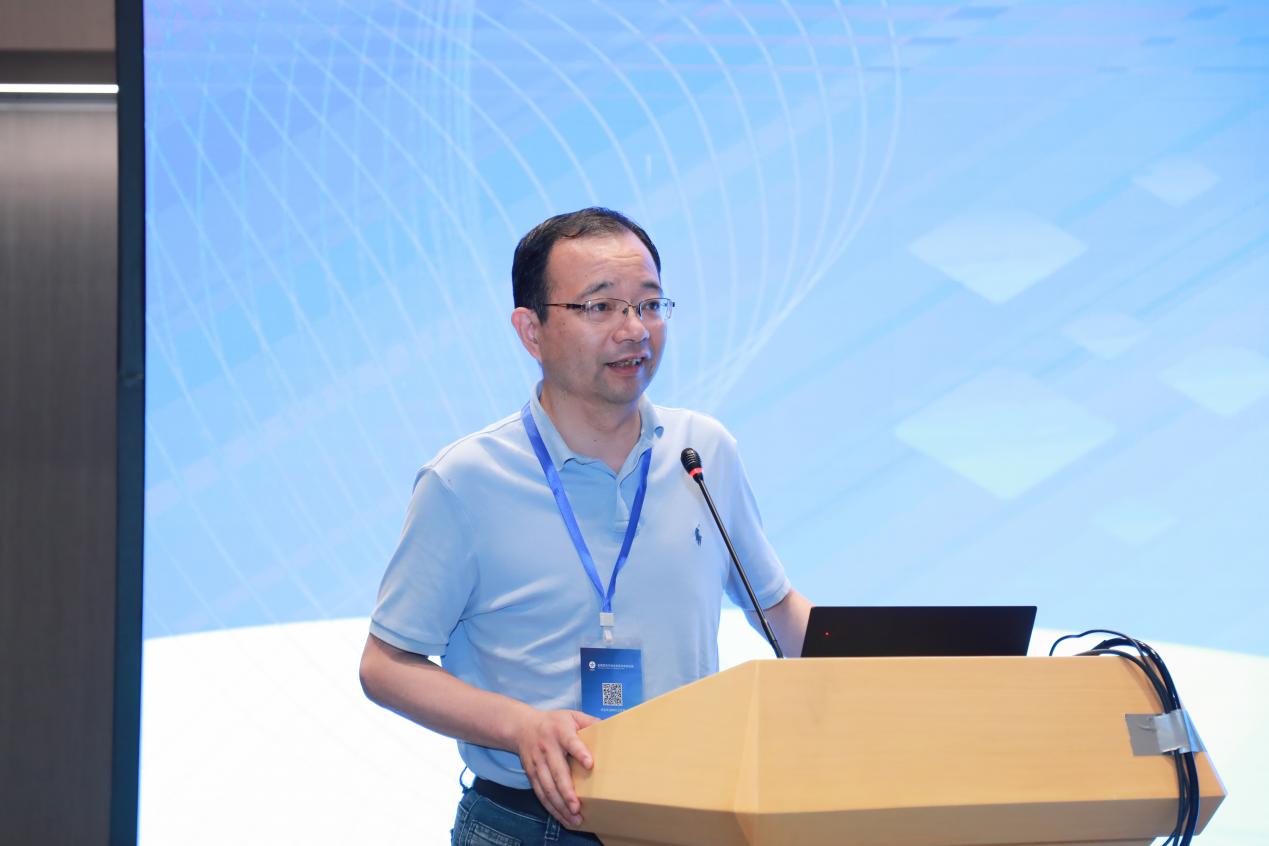
Speech by Bing Zhu
Heping Cheng pointed out that imaging facilities, as national facilities, are an open and sharing platform to provide support and services for scientists across the country, and it is expected that scientific and technological workers across the country can jointly participate in the construction and application of imaging facilities. Imaging facilities are scientific and technological aircraft carriers that support research in the field of life science, and he called for solidarity and cooperation, full exchange of collisions, scientific problems, and technical routes. He hopes that based on the "early bird project", after 5-10 cultivation, it can rely on imaging facilities to launch international big science programs, further enhance the strength of scientific and technological innovation, and enhance the international voice.
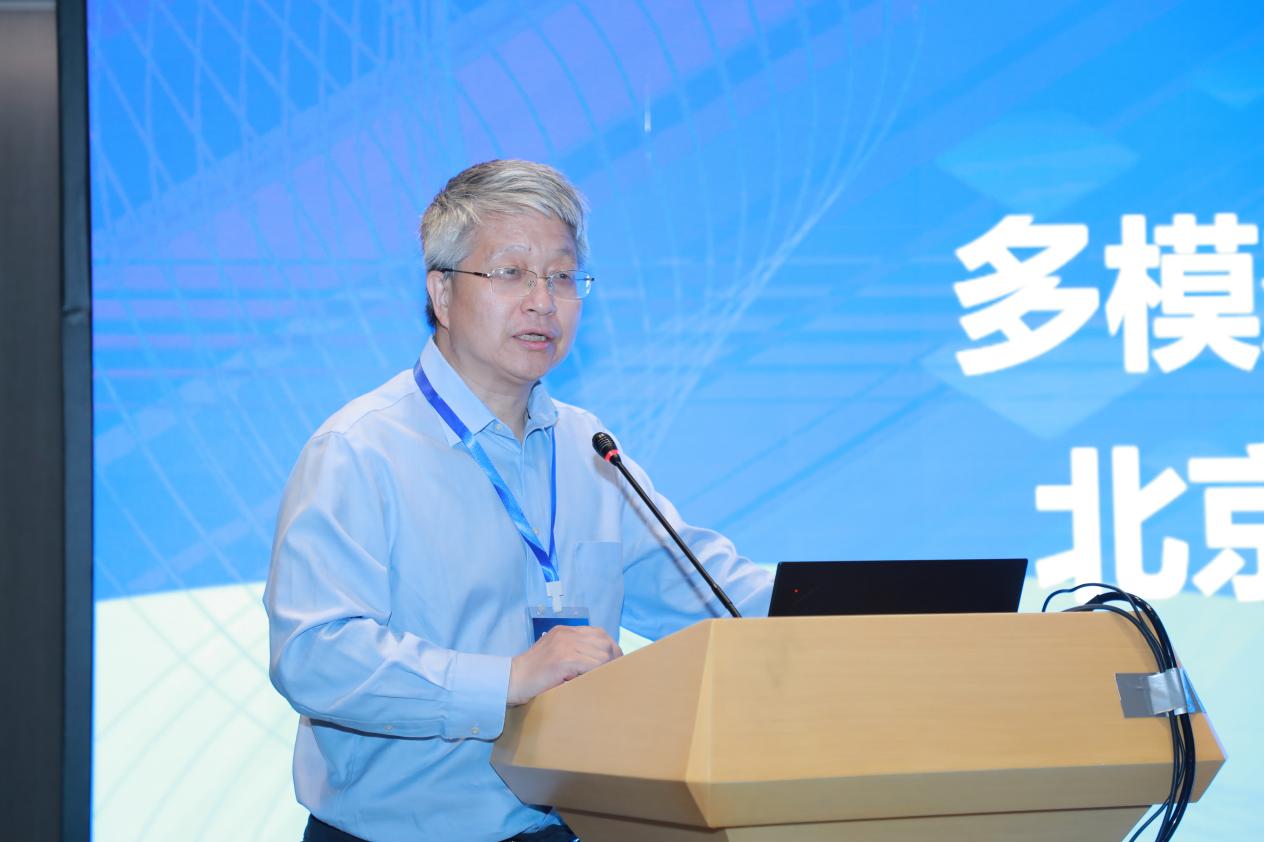
Speech by Heping Cheng
In the academic exchange session of the kickoff conference, invited experts Jing Yang and Mei Tian respectively made "π-HuB: Proteomic Navigator of the Human Body" and "Molecular Imaging: The report, from the "Ins and Outs" of the HuB International Big Science Program and the "Past and present life" of the interdisciplinary interdisciplinary research of molecular imaging, shows the organized research and important progress of the omics big science project related to imaging omics. Let the participants feel the significance and great value of cutting-edge technology and the implementation of big science projects.
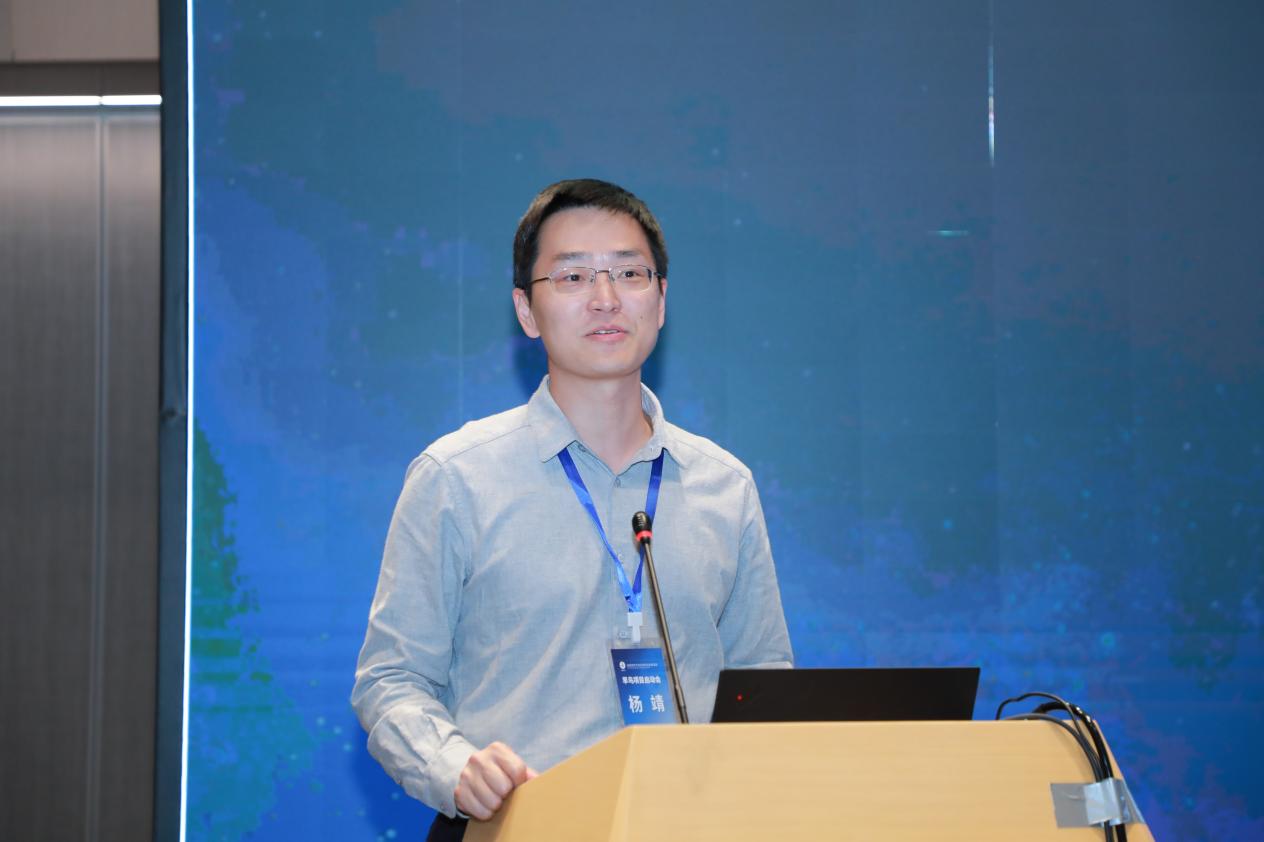
Jing Yang was making an invited presentation
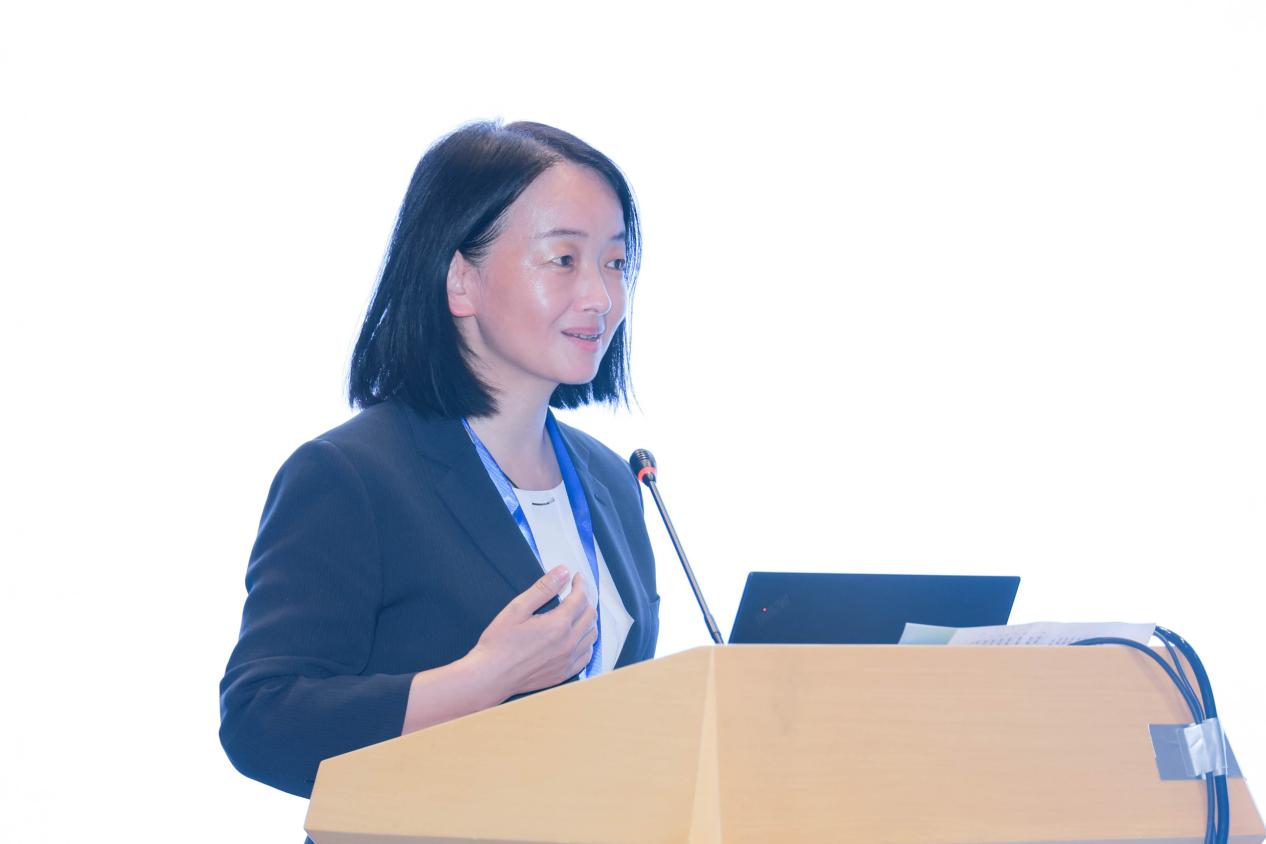
Mei Tian was making an invited presentation
The first group of project leaders or representatives of the "Early Bird project" made reports respectively, from the significance of the project, scientific problems, research ideas and future ideas were reported and exchanged. The content of the project involves the imaging omics of many important organs (kidney, liver, brain, etc.) and the imaging diagnosis of major diseases (fundus diseases, cardiomyopathy, etc.).
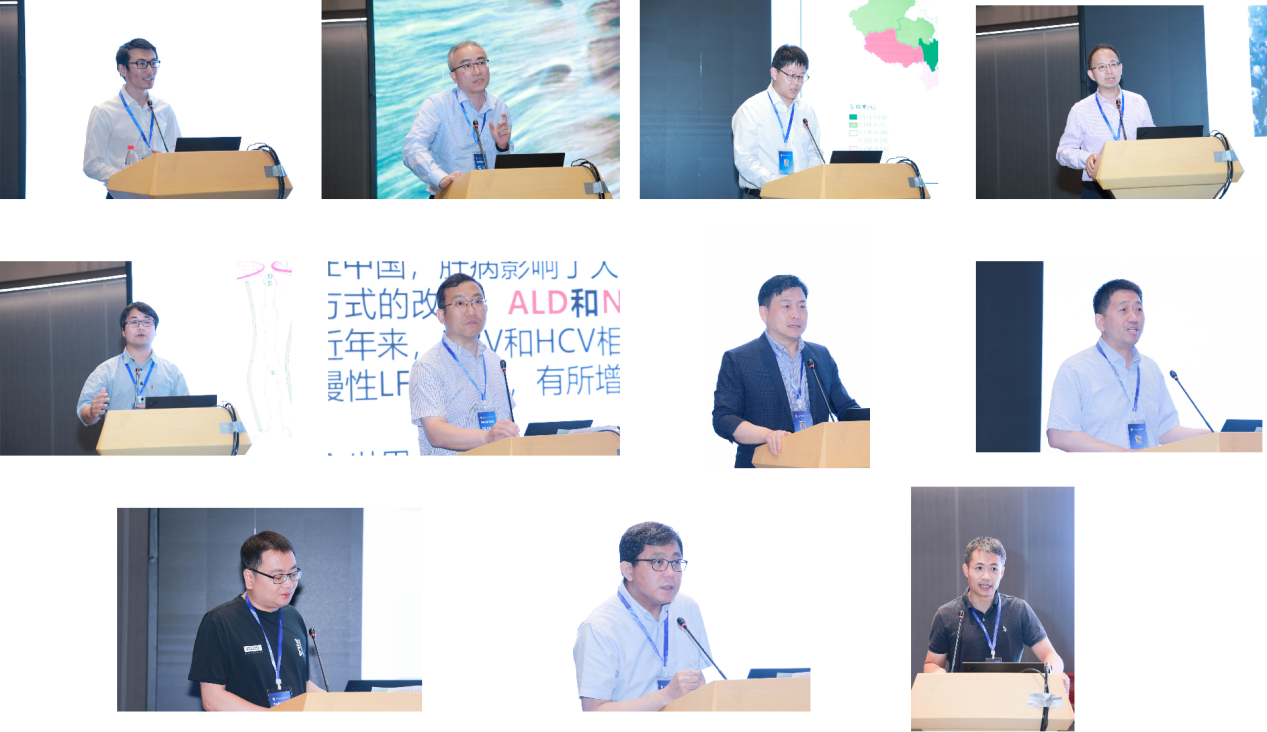
Early Bird project report
In the round table discussion, the guests carried out in-depth exchanges and ideas on how to promote the organized scientific research of imaging facilities, and carried out in-depth discussions on the experience and difficulties of scientific research cooperation using various imaging systems, the prospects and suggestions of basic and clinical scientific research cooperation, and the technical advantages and challenges of imaging facilities. It provides some ideas and directions for organizing scientific research and promoting the open sharing of facilities in the future.
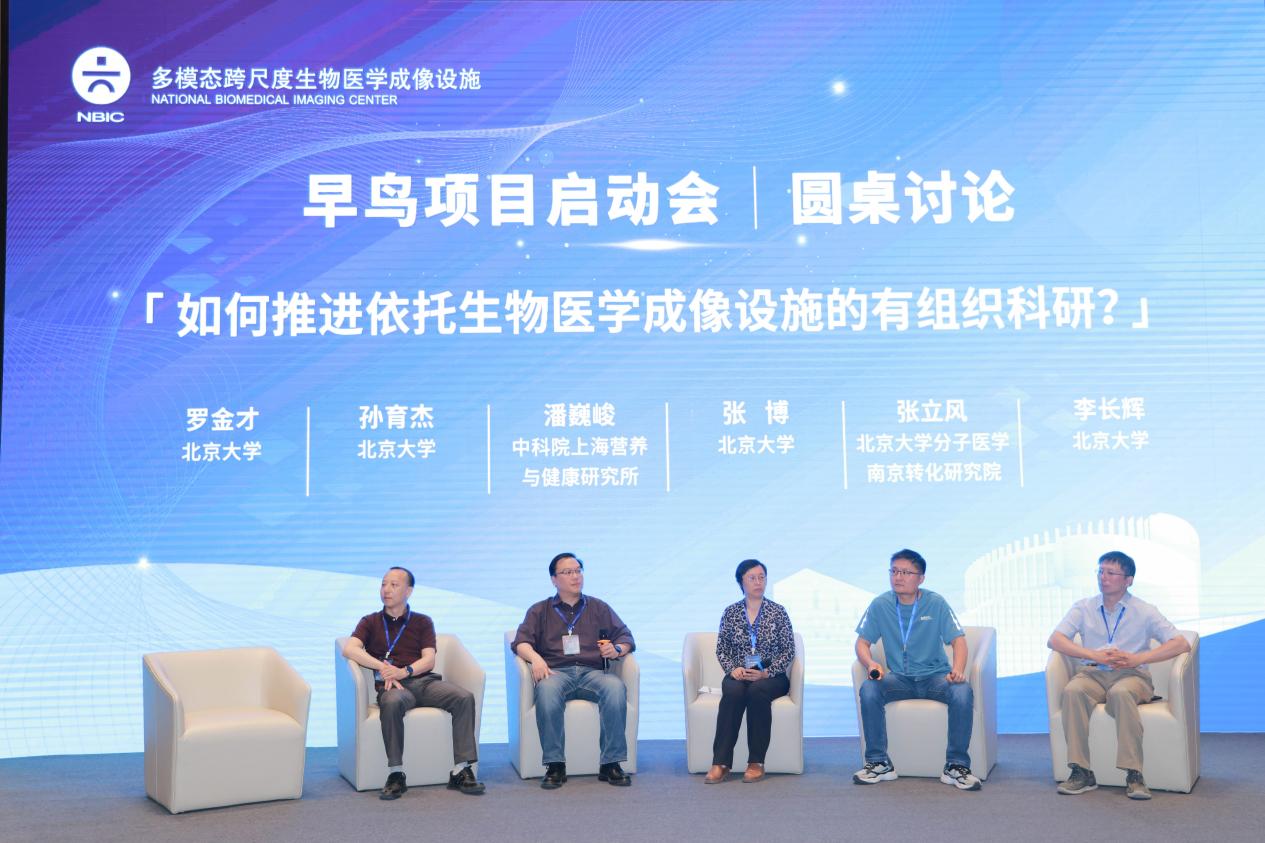
Round table discussion
The meeting arranged a interlinking meeting of the imaging facilities technical team, built the "early bird project" and the platform for cooperation and exchange between users and imaging facilities in the future, directly in-depth dialogue, actively follow up, and strive for more high-level scientific research cooperation in the future.
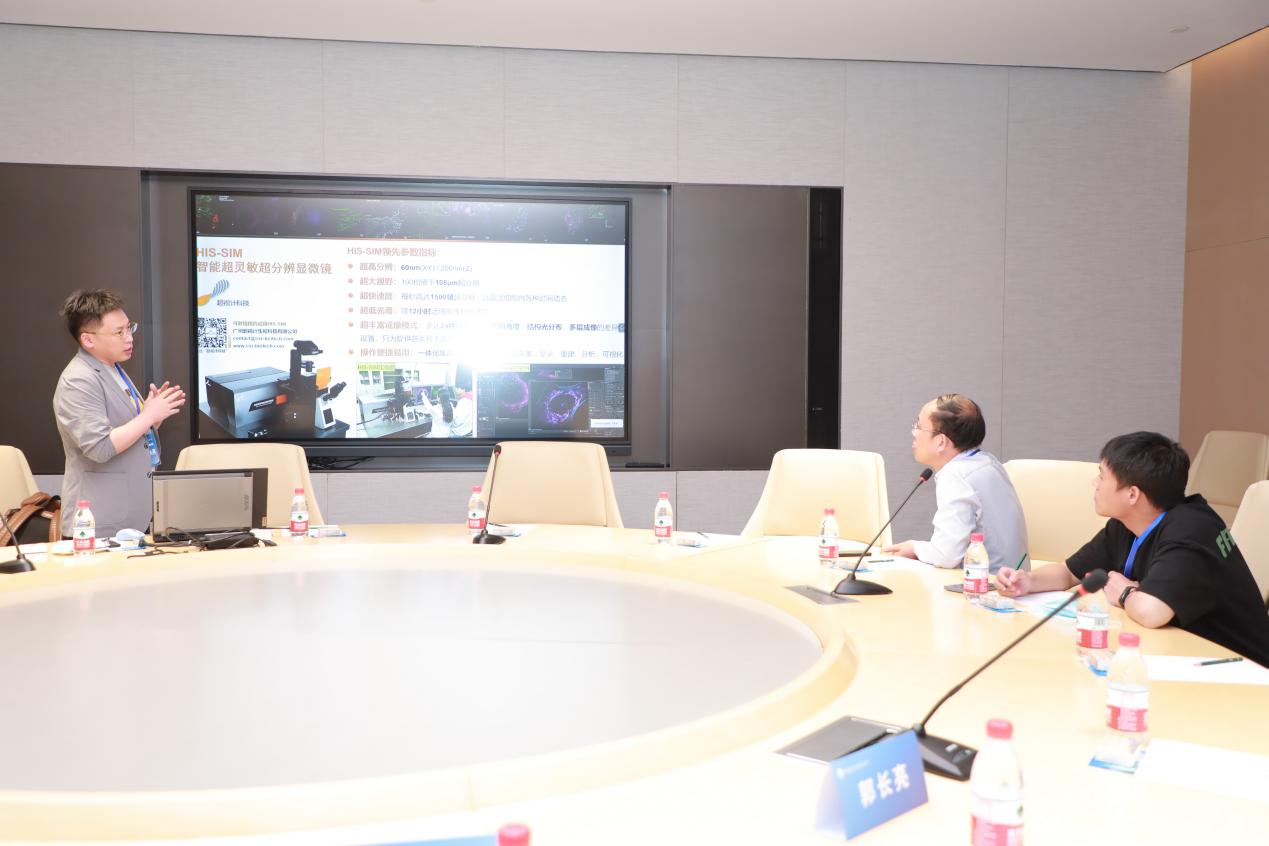
The interlinking meeting
In order to give participants a more comprehensive understanding of imaging facilities, the conference also arranged an introduction to imaging facilities and an introduction to the maintenance system, as well as a site visit. The construction of imaging facilities has come to an end, and it is expected to enter the trial operation stage by the end of the year, and everyone has expressed their expectations for the early operation of imaging facilities.
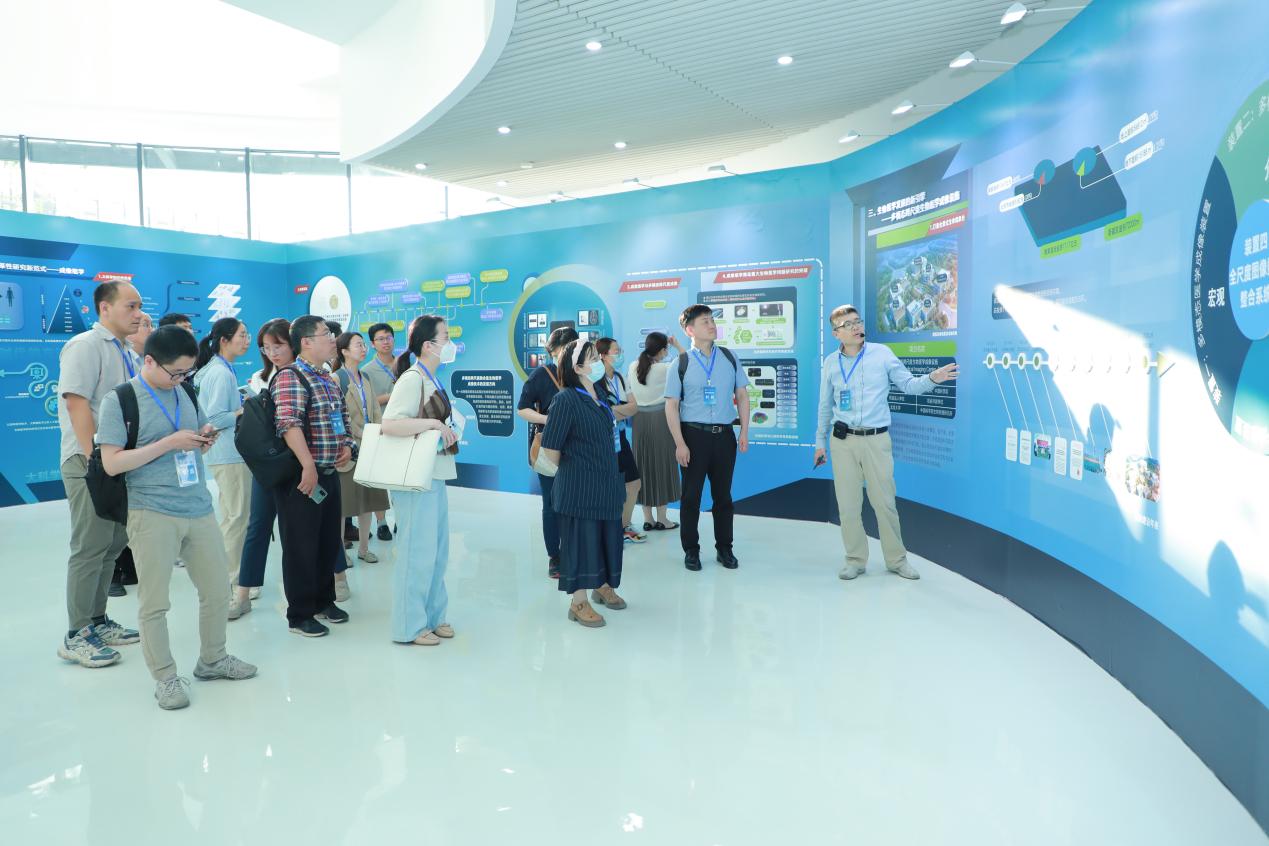
Visit imaging facilities
In response to the challenges of the era of big science, the "Early bird Project" came into being. Professor Jinca Luoi, director of the Project Department of the Science Center, introduced that the implementation of the "early bird project" relying on imaging facilities aims to advocate and call on the majority of scientific researchers to understand and use imaging facilities to carry out research and explore a new paradigm of organized scientific research. At the meeting, the second phase of the "Early Bird Project" (Early Bird 2.0) was also released, inviting scientific and technological workers in various fields across the country to collect and implement three types of projects, such as big science plan, lift plan, and project cooperation, to give full play to the supporting role of imaging facilities and promote cross-research in the field of big life science.




